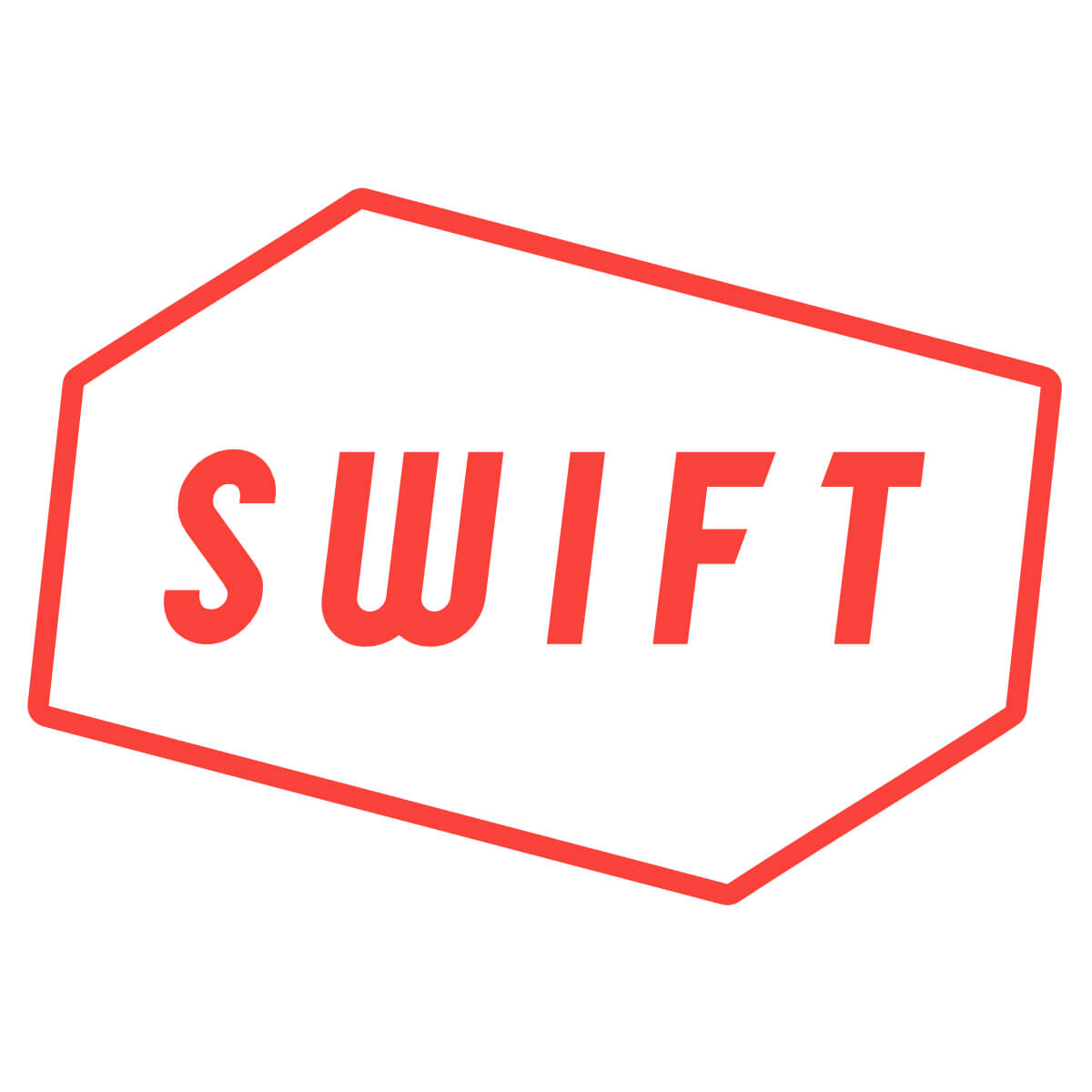24
Hand Speed (max)
7/26/22
Rankings available to Premium Subscriber
Rankings available to Premium Subscriber







To unlock contact information, you need to purchase a ScoutPLUS subscription.
Purchase Subscription
2025 Senior Future Games
Gabe Larocque, Sudbury Voyageurs, 2026 (No. 6) Uncommitted
Positional Profile: C/OF Body: 5-9, 180-pounds.
Hit: RHH. 50% Sweet Spot%, 25% Line Drive%, 12% Flyball%.
Power: 96.7mph max exit velocity, averaged 85.5mph. 316ft max distance, averaged 132ft. 25% Hard-Hit%.
Swing: 70.6mph max bat speed, averaged 64.3mph. 23.2mph max hand speed, averaged 21.1mph.
Arm: RH. C - 1.86-2.00 pop-time, 81mph.
ATH: 7.19 runner in the 60. 3.97 30-yard split, 1.70 10 yard split. 21.9 max vertical jump.
Larocque continues to be an easy standout every time we see him as he’s a top catcher in Canada’s 2026 class with high-end tools at the position. The 5-foot-11, 180-pound catcher out of Sudbury flashed his arm strength with 81mph throws and was consistently around the bag with pop-times of 1.84-1.91. At the plate, the right-handed hitter generated a peak exit velocity of 99.2mph and average of 92.0mph (Top 5). Larocque will get plenty of reps over the next year against elite competition and it will be interesting to see where the bat is at in 2025 as he becomes more comfortable with velocity and stuff.
The young backstop has just begun to enter the national scene and his work behind the dish continues to draw high praise. 5-foot-10, 160-pounds and put together some of the top numbers among catchers with pop-times of 1.81-1.83 and an 82mph arm. While it’s the arm and ability to control the run game that capture your attention, Larocque flashed his offensive capabilities with Canada’s loudest swing of the week, a screaming triple to warning track in dead centre at 97mph. One of the top 2026 catchers in the country and the best catch/throw in the class.
The 2023 Junior Future Gamer out of Sudbury has continued to make leaps in his development. Gabriel worked up to a maximum exit velocity of 96.3mph, with a maximum distance of 350ft that was good for second at the event. It’s a twitchy, violent swing from the right side that has improved every time we’ve seen him. Behind the dish, his pop-time ranged between 1.83-1.95 with a catcher velocity of 83mph, both of which topped all 2026 catchers at the event. In the evening, Larocque took the mound and worked up to 86.8mph with the fastball. The curveball shows as a reliable secondary offering, working in the low-mid 70’s with an impressive max spin rate of 2562rpm (averaged 2428rpm). With potent ability on both sides of the ball, Larocque has established himself as one of the stronger 2026’s that Canada has to offer.
Gabe Larocque continues to stand out as one of the top 2-way prospects in Ontario’s 2026 class. In the box, Larocque uses the whole field with a line-drive approach with some strength that has come on over the last year. There’s pop in the bat with the look for more coming as he continues to mature at the plate. Behind the dish, it’s a quick transfer and good arm strength that help him live at a 1.79-1.91 pop-time in showcase settings. On the bump, he showcases a FB that has been up to 85 mph and a sharp breaking ball that are both above average spin pitches. Good overall showing for Larocque in Georgia.
Larocque, a 5-foot-9, 135-pounds C/OF for the Sudbury Voyageurs looked impressive throughout the day. In the outfield the approach was simple and easy with good momentum behind his throws. Behind the plate the arm was short and quick with good footwork on his throws. He has taken major strides behind the plate with his arm strength. At the plate the swing is geared towards the pull side. He starts with the hands low and generates launch angle with quick twitch. On the mound the release was repeated with a quality three-pitch mix. Pounds the zone early and often, can locate all pitches and works downhill fast. Will be a name to look out for in the coming years.
2026 C/OF Gabe Larocque was the top defensive catcher at the Jr. Future Games with consistent pop-times between 2.10 - 2.22 and a 66mph arm. 5-foot-10, 150-pounds with quick catch-and-throw skills behind the plate. Also worked up to 74mph from the outfield. Balanced setup from the right-side where he's a little hunched with a leg-kick that creates leverage. Short, compact swing with bat speed and consistent, hard line drive contact. Top exit velocity of 89mph. One of the better overall days with a good showing on both sides of the ball.